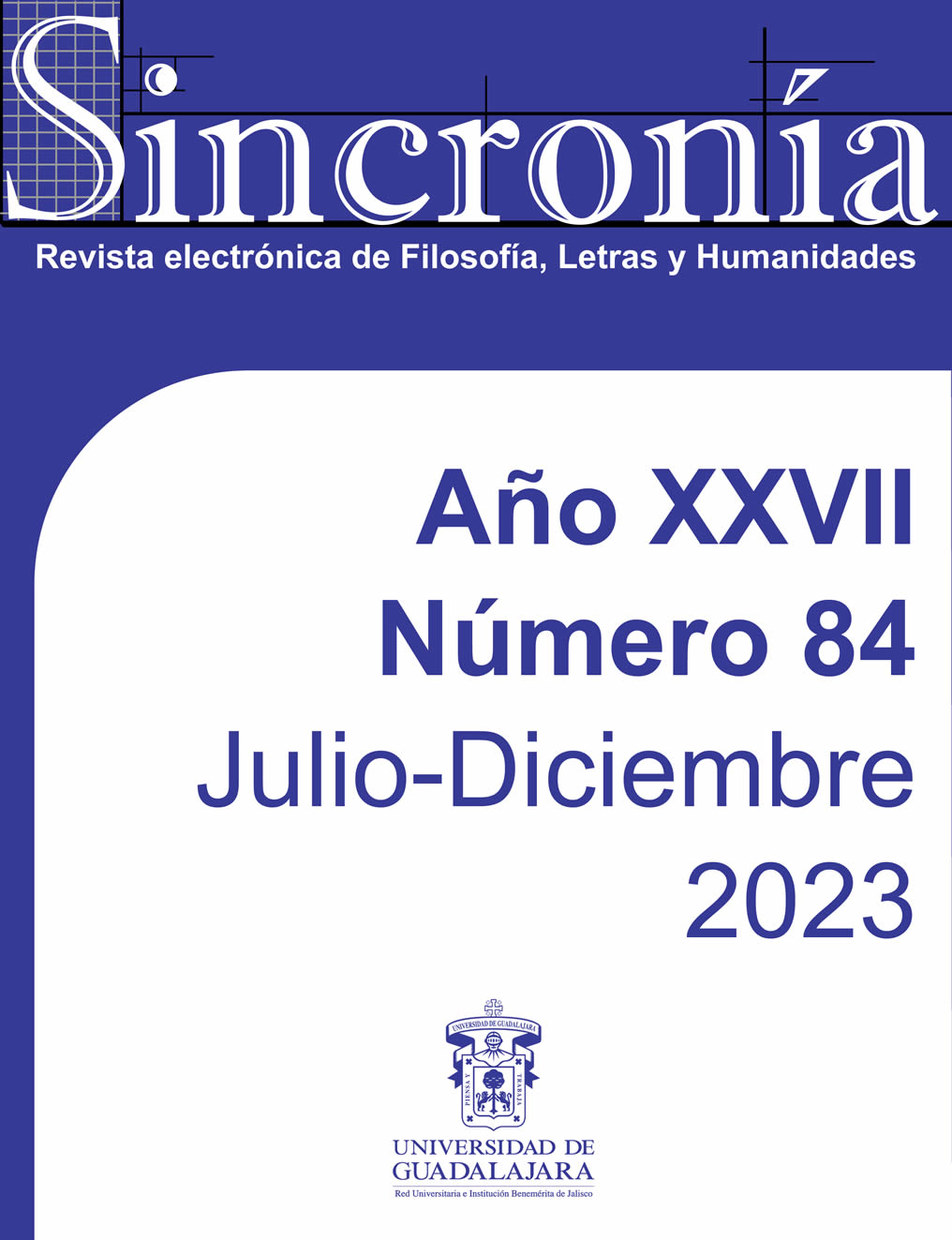Con-formidad y autocumplimiento Sobre la hermenéutica de la obra de arte.
Palabras clave:
Figural, Belleza, Evéntico, Estética, Vanguardia, ArteResumen
A partir de las nociones de Carlo Diano de forma y evento, que él aplica al ámbito de la cultura griega, es posible reconsiderar la relación entre emisor y receptor de la obra de arte, tomando en cuenta esta relación dialéctica en la que las presunciones de objetividad de la categoría de obra de arte son superadas por la experiencia hermenéutica. Para ello se analizan los conceptos de “canon” en Policleto y de “unidad modular” en la estética de los pitagóricos, considerando que ahí surge esta visión estéticamente distanciada de la experiencia que presume conceder objetividad al juicio estético. Esta categoría, juicio estético, al ser recuperada por Kant, es resignificada en términos filosóficos sin olvidar el momento subjetivo, lo que empero obliga a repensar cómo validar el juicio; aquí es donde el concepto gadameriano de Gebilde así como el análisis fenomenológico de la experiencia del juego nos permiten recuperar la forma evéntica de la experiencia en la que el sujeto es participante directo y comprometido, de manera que la experiencia con la obra de arte no se queda en el terreno de la recepción estética sino que pone al sujeto en la posición misma en la que se encuentra la obra, actualizando su contenido y mostrando hasta qué punto mantiene y soporta su vigencia. En efecto, la experiencia hermenéutica con la obra de arte no es la de investigar un archivo muerto sino aquella que responde a la pregunta por la vigencia de la obra hic et nunc.
Descargas
Descargas
Publicado
Cómo citar
Número
Sección
Licencia
Derechos de autor 2023 Gustavo Luna López

Esta obra está bajo una licencia internacional Creative Commons Atribución-NoComercial 4.0.
Eres libre de:
- Compartir : copiar y redistribuir el material en cualquier medio o formato para cualquier fin, incluso comercial.
- Adapte : remezcle, transforme y desarrolle el material para cualquier propósito, incluso comercialmente.
- El licenciante no puede revocar estas libertades siempre que cumpla con los términos de la licencia.
En los siguientes términos:
- Atribución : debe otorgar el crédito correspondiente , proporcionar un enlace a la licencia e indicar si se realizaron cambios . Puede hacerlo de cualquier manera razonable, pero no de ninguna manera que sugiera que el licenciante lo respalda a usted o a su uso.
- No comercial : no puede utilizar el material con fines comerciales .
- Sin restricciones adicionales : no puede aplicar términos legales ni medidas tecnológicas que restrinjan legalmente a otros hacer algo que la licencia permite.




























